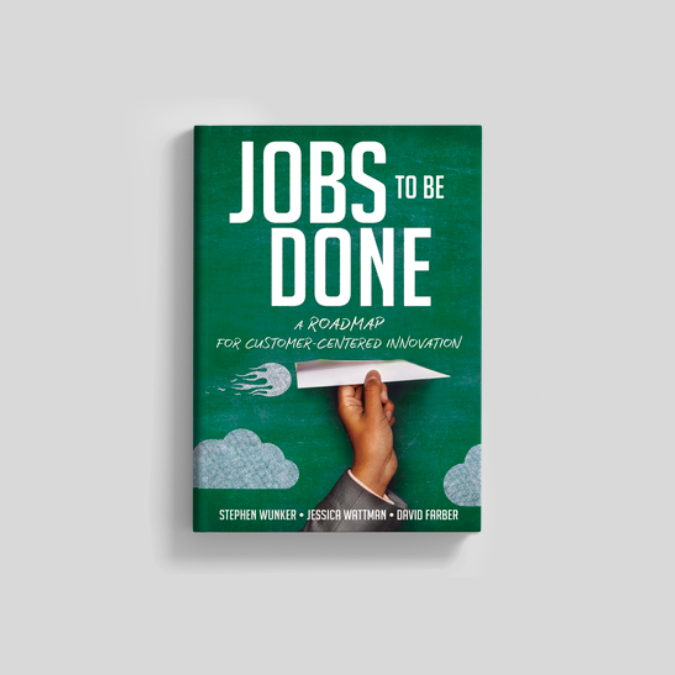Decoding Your Audience: How AI Enhances Persona-Based Marketing

AI can be your marketing team's time machine - revealing not just detailed insights about your current customers, but clues into who they will become. By detecting subtle shifts in needs, AI-powered personas let you get ahead of trends before your competition even realizes they exist.
WHY
The core reason you should use AI to create customer personas is that it enables deeper insight into customer wants. This allows you to retain and expand your customer base by building products tailored to their values.
Top 5 benefits of crafting customer personas with AI:
- Enhanced Accuracy: AI delivers highly detailed and personalized customer personas, making your marketing strategies more effective.
- Real-Time Behavior Analysis: AI updates personas in real-time based on customer behavior, keeping your targeting current.
- Dynamic Segmentation: AI allows for advanced customer segmentation beyond traditional methods, making your campaigns more targeted.
- Time and Resource Savings: AI's efficiency in data processing saves time and resources, freeing your team for more creative tasks.
- Gain deeper, more precise insights about your customers: Uncovering needs and behaviors manual analysis may miss.
HOW
Open ChatGPT or your preferred AI assistant. Enter this prompt:
Objective: Apply Clayton Christensen's "Jobs to be Done" Framework to identify the ten primary customer segments engaging with {Your Brand Name} and their specific interactions with this brand.
For context, the "Jobs to be Done" approach focuses on understanding the underlying tasks customers are trying to accomplish when choosing a product or service.
For each customer segment:
Segment Name: Specify the group or demographic.
Motivation: What drives this segment towards your brand?
Job to be Done: Define the task or need they're aiming to fulfill.
Interaction with Brand: Describe how they engage or use your offerings.
Please structure your findings in a table format for clarity.
Brand Description: {Describe Your Brand Name in terms of its core offerings, unique selling points, and target demographics.}
TIPS
#01. Make sure you include the following information when describing your brand:
1. Detail your brand values: Core principles guiding your brand;
2. Brand Personality: Human traits associated with your brand;
3. Product/Service Description: What your brand offers;
4. Target Audience: Details of your consumers;
5. Unique Selling Proposition: What sets your brand apart.
#02. Use the same prompt with different AI assistants. Benefits:
1. Diverse Perspectives: Different training data in each model leads to varied interpretations and more idea generation;
2. Accuracy Enhancement: Multiple models can help identify and correct potential biases or errors;
3. Comprehensive Analysis: Each model may emphasize different aspects of the prompt for a well-rounded review;
4. Cross-verification: Similar results across models can increase confidence in output accuracy;
5. Language Adaptation: Translating the prompt into different languages can provide new insights and refine meaning.
CONCLUSION
Rather than a complex beast, AI is an elegant simplifier. It takes the labyrinthine data sets that would take humans months to analyze and turns them into actionable insights in seconds. This doesn't just save effort; it changes the entire pace of your marketing strategy. You're no longer reacting; you're proactively shaping consumer behavior. It's not about making things complex; it's about making complex things simple.
This prompt was based on the "Jobs to Be Done: A Roadmap for Customer-Centered Innovation" framework by Stephen Wunker, Jessica Wattman, and David Farber.
"Jobs to Be Done" is a guide for businesses that want to understand their customers better. It introduces the "Jobs to Be Done" framework, which helps companies focus on solving real problems that customers have.
This book is especially useful for businesses in the tech industry, startups, and any company that wants to innovate based on customer needs. It's also great for marketing and product development teams.
The book teaches you how to identify the "jobs" your customers are trying to get done. These are the problems they want to solve or the goals they want to achieve. Once you know these "jobs," you can create products or services that solve them well.
One key insight is that customers don't just buy products; they "hire" them to do a job. Understanding this can change how you think about your product and how you market it.
If you're interested in this approach to innovation, I recommend getting a copy of the book on Amazon 👇


Fusing art, design and AI to craft visionary brands.
Bridging art and innovation across illustrations, fashion, murals, tattoos and multimedia - I constantly redefine my creative frontiers.
Leveraging leading-edge AI, I create singular brand identities and strategic narratives—redefining visual experiences.
Follow me, and let`s connect ☞ https://bit.ly/linkmarcel
Questions? Reach Out via Email 📬
Keep learning, creating, and enjoy the journey!